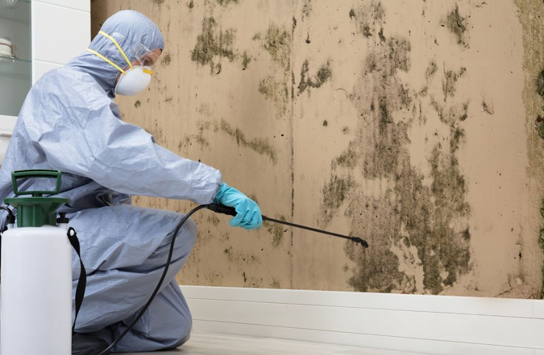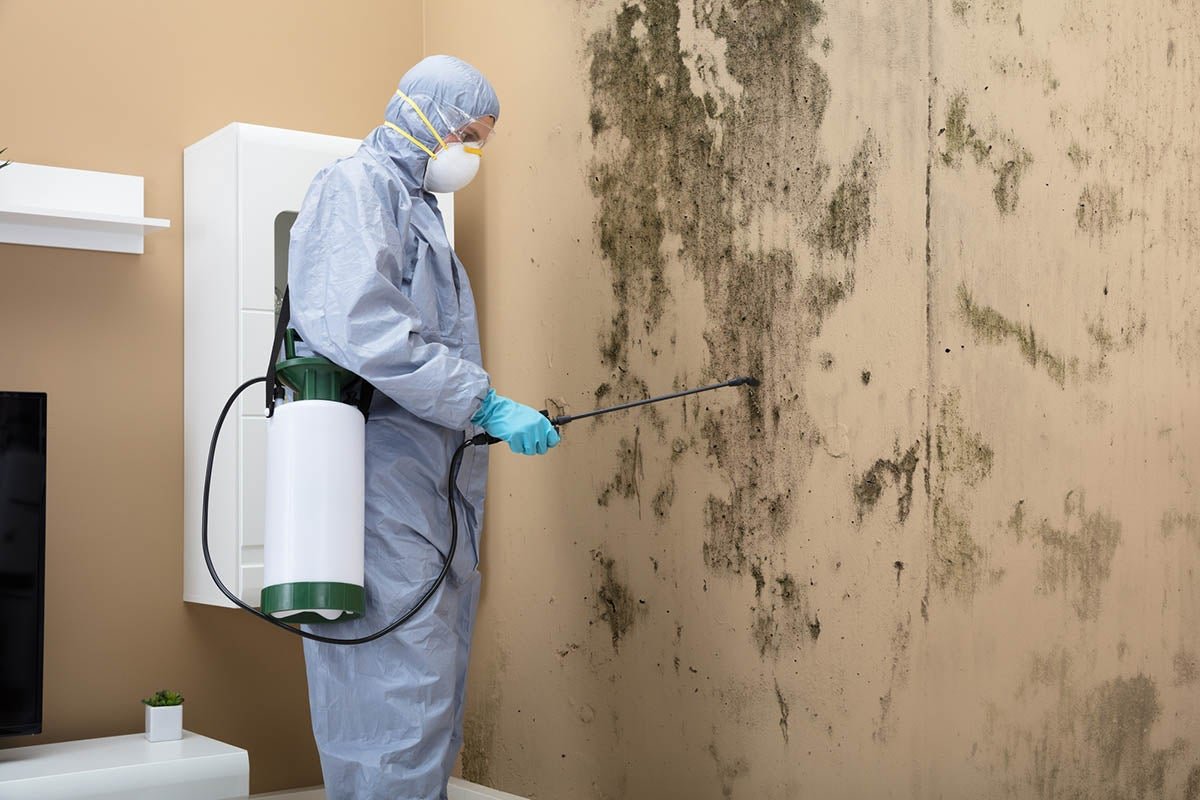Understanding Toxic Mold Growth
Toxic molds thrive in damp, warm conditions (typically 40-100°F) with organic material like wood, drywall, or carpeting as a food source. Spores, always present in air, germinate within 24-48 hours when moisture levels exceed 60% humidity. Mycotoxins, produced by species like Stachybotrys, Aspergillus, or Penicillium, can aerosolize, potentially causing health concerns upon inhalation or contact.
Health Risks and Symptoms
It seems likely that most healthy people tolerate low-level mold exposure, but sensitive groups—those with allergies, asthma, or compromised immunity—may experience symptoms like nasal congestion, throat irritation, coughing, wheezing, skin rashes, or headaches. Severe cases, though rare, may involve neurological symptoms (e.g., brain fog, dizziness) or exacerbate asthma. Claims of mold causing death are controversial and typically linked to extreme cases in immunocompromised individuals.
Remediation and Prevention
Professional remediation is recommended to safely remove mold and address moisture sources like leaks. Preventive measures include maintaining humidity below 50%, fixing leaks promptly, and using HEPA air purifiers. DIY cleaning with soap or bleach solutions may help small areas but risks spore dispersal if not done carefully.
Toxic molds, particularly Stachybotrys chartarum (commonly called black mold), grow under specific conditions: moisture, warmth, and organic substrates like cellulose-based materials (wood, drywall, paper, carpeting). Mold spores, ubiquitous in indoor and outdoor air, require water activity levels above 0.9 (equivalent to 60% humidity) to germinate, with optimal growth at 77-86°F. Within 24-48 hours of moisture exposure, colonies can form, releasing mycotoxins—secondary metabolites like aflatoxins, trichothecenes, or ochratoxins—that may persist in the environment. Common sources include slow leaks, flooding, poor ventilation, or high humidity in basements, bathrooms, kitchens, or areas with water-damaged materials. Unlike non-toxic molds, toxigenic species produce these chemical compounds, which can adhere to spores or dust, becoming airborne and increasing exposure risks.
The health effects of mold exposure vary widely. For most, low-level exposure causes no symptoms, as the body clears spores effectively. However, prolonged or high-level exposure to mycotoxins may lead to health issues, particularly in vulnerable populations: those with mold allergies (affecting 10-20% of people), asthma, chronic respiratory conditions, or immunosuppression (e.g., from chemotherapy or HIV). Common symptoms include respiratory issues (coughing, wheezing, sinus congestion), skin irritation (rashes, itching), eye irritation, headaches, and fatigue. In rare cases, mycotoxins like trichothecenes from Stachybotrys may cause neurological symptoms (dizziness, memory issues, depression) or gastrointestinal distress (nausea, vomiting), though robust evidence linking these to household exposure is limited. The claim that mold exposure can lead to death is contentious, with rare documented cases typically involving severe invasive fungal infections in immunocompromised individuals, such as aspergillosis from Aspergillus species, not Stachybotrys.
Health problems may develop over weeks to months, depending on exposure intensity, individual sensitivity, and mold type. For example, allergic reactions may appear within hours, while chronic conditions like asthma exacerbation or hypersensitivity pneumonitis may take longer. Black mold is often highlighted due to its visible dark appearance and media attention, but other molds like Aspergillus or Penicillium can also produce mycotoxins with similar effects. Immediate medical attention is advised if severe symptoms (e.g., difficulty breathing, persistent fever) occur, particularly for at-risk groups.
Mold remediation is critical to mitigate risks. Professionals use specialized equipment (HEPA vacuums, negative air machines) to contain and remove mold, addressing moisture sources to prevent recurrence. DIY efforts for small areas (<10 square feet) involve cleaning with soap/water or a 1:10 bleach solution, wearing N95 masks and gloves to avoid spore inhalation. However, disturbing large infestations without containment can spread spores, worsening contamination. Sanitizing affected areas (e.g., walls, fabrics) and disinfecting with EPA-approved products is essential, followed by thorough drying. Slow water leaks, often from plumbing or roofs, are a primary cause of mold growth, as they create persistent dampness. Preventive measures include maintaining indoor humidity below 50% with dehumidifiers, ensuring proper ventilation (exhaust fans, open windows), fixing leaks within 24-48 hours, and using mold-resistant materials in high-risk areas.
Seven signs of potential mold contamination include:
- Allergy symptoms (sneezing, runny nose, itchy eyes) appearing suddenly.
- Worsening asthma or frequent attacks.
- Persistent respiratory issues (cough, wheezing, shortness of breath).
- Skin irritation (rashes, redness, itching).
- Nausea/vomiting without clear cause.
- Headaches/dizziness recurring in specific environments.
- Brain fog/memory issues, potentially linked to high mycotoxin exposure.




